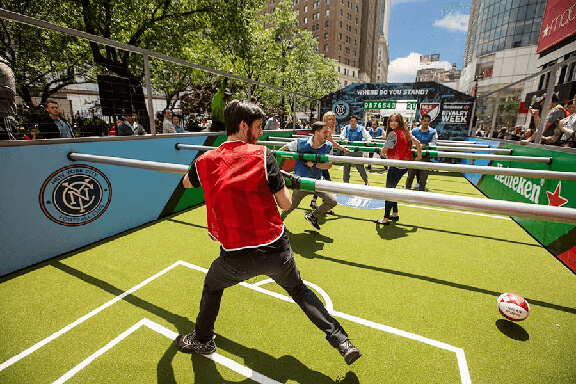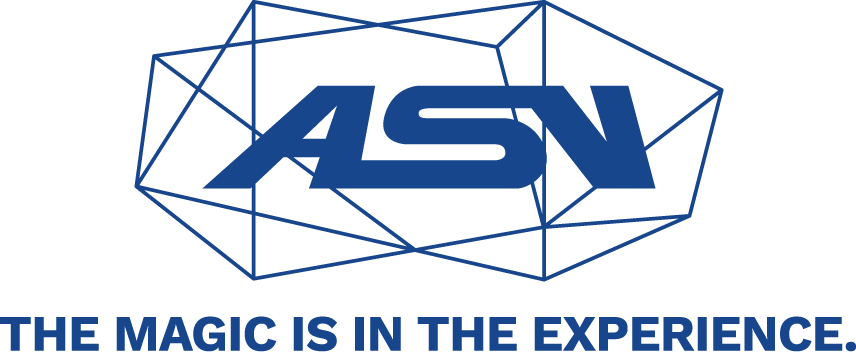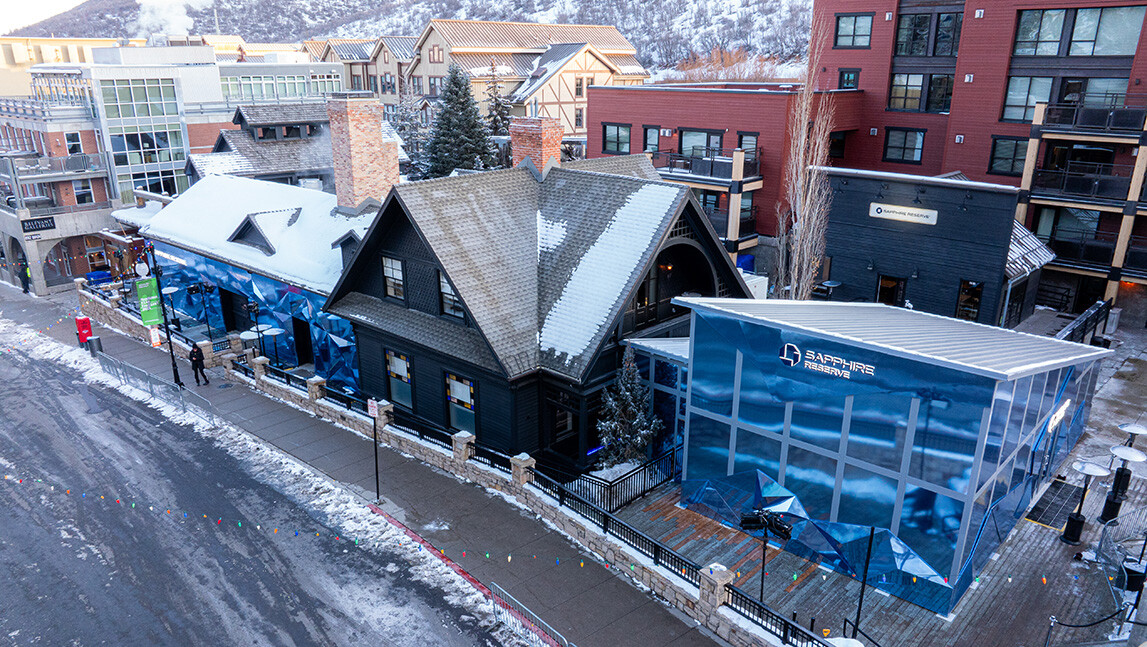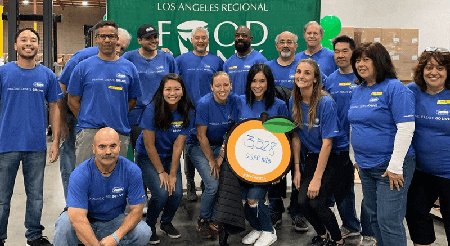It’s no surprise that experiential marketing’s popularity has grown. According to an Event Marketer/Mosaic study, 85 percent of consumers buy from a brand after attending one of its events or participating in one of its experiences. On top of that, the same study found that 91 percent of respondents said that positive brand experiences left them with positive feelings about that brand afterward.
Any interaction creates an opportunity for a brand to communicate with consumers. But when that experience is memorable, your bond between brand and buyer only grows stronger. Your products or services are positioned front and center in their minds, and you become the only choice when it comes time to make a purchase.
Of course, experiential marketing isn’t always easy, but our aim at ASV is to create an experience or event that immediately engages the audience. The right experience makes a customer think twice about walking — or clicking — away.

A Night to Remember
At ASV, an experiential campaign’s success starts with the client. At the outset, we discuss the ultimate goals of the experience. Then, we get an idea of the scope, design, and logistics needed to create the very best environment for brand and consumer to meet. It’s all about establishing a collaborative, creative process where the client feels comfortable enough to share his or her expectations with our team.
As we discuss expectations, the audience is never far from mind. Every logistic, every set piece, every bit of labor incurred comes with the audience in mind. We have to remain cognizant of them, even while keeping the brand’s timeline and budget in mind.
But the real magic happens once our team goes on-site to turn a concept into a full-fledged experience. And though we’ve been doing this for years, we never tire of our attendees’ reactions.
Leave Them With a Good Feeling
Moving an experiential campaign from ideation to execution is no small task. To create a memorable experiential campaign, we focus on the following:
1. Look at who you’re talking to. While there may be plenty of factors to consider with attendee engagement, one should stand out above them all: the audience itself. When building a campaign, it helps to ask these questions: “Who’s going to attend the event? Are they of a certain age? Is there a commonality in their lifestyle? Where do their interests lie? Why are these people coming to the event in the first place?”
Your target audience’s demographics will ultimately steer each touchpoint at the event, from signup to sendoff. Pose those questions to build an audience profile that allows you to personalize the experience as much as possible. And if you create an event that truly engages an audience, it will leave attendees with a heightened opinion of your brand.
2. Design with a purpose. As with any form of marketing, design is critical to an event. Its look and feel will inevitably determine whether attendees remember the experience. You want to draw people further into a space, compel them to interact with each touchpoint, and leave them with a higher opinion of the brand after the experience.
I can’t tell you how many times I’ve seen people catch a glimpse of our activations then come over to get a closer look. Once at the edge of our footprint, they are almost always drawn into our space looking for more information about the brand. Without creative design and strong graphics, chances are good that people will just keep walking.
3. Provide a hook. It’s one thing to lure people into a space; it’s another thing entirely to keep them there. That’s why it’s so important to provide brand activations that spark the interest of your target audience. If you’ve taken the time to get to know attendee demographics, you’re halfway there because you already know how people want to interact with your brand.
You want to provide a memorable enough activation that works within your footprint but still encourages enough movement to maintain the flow of your event. In addition, you want to make sure said activation understands and highlights what distinguishes the featured brand from its competition. Otherwise, you risk tarnishing people’s opinion of both the brand and the experience.
When audience and design come together, it can really create a memorable experience for brand and consumer alike. It comes down to understanding your target audience, then building your design and brand activations around them. Experience is key — put everything you have into creating one that’ll stay with your audience.







